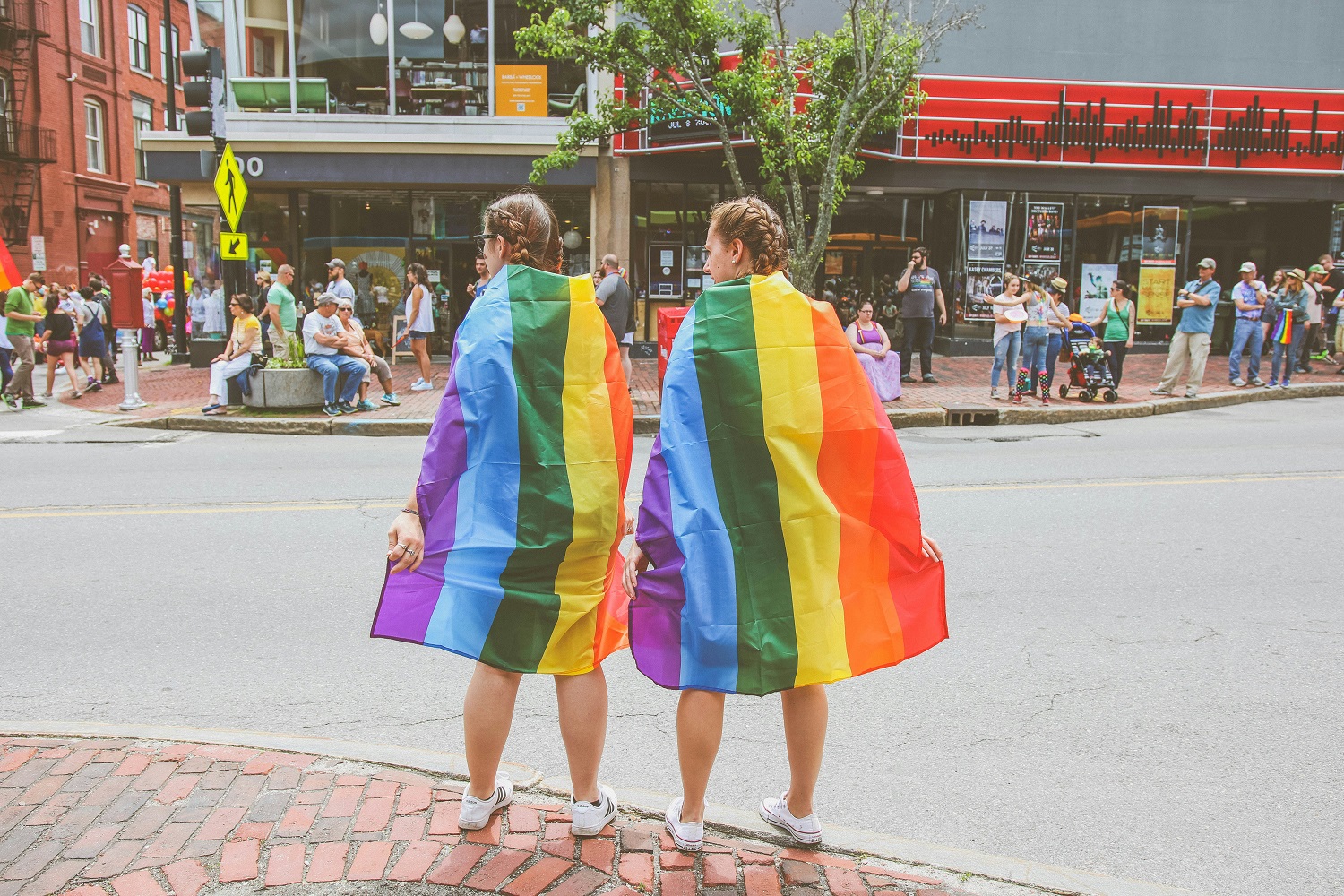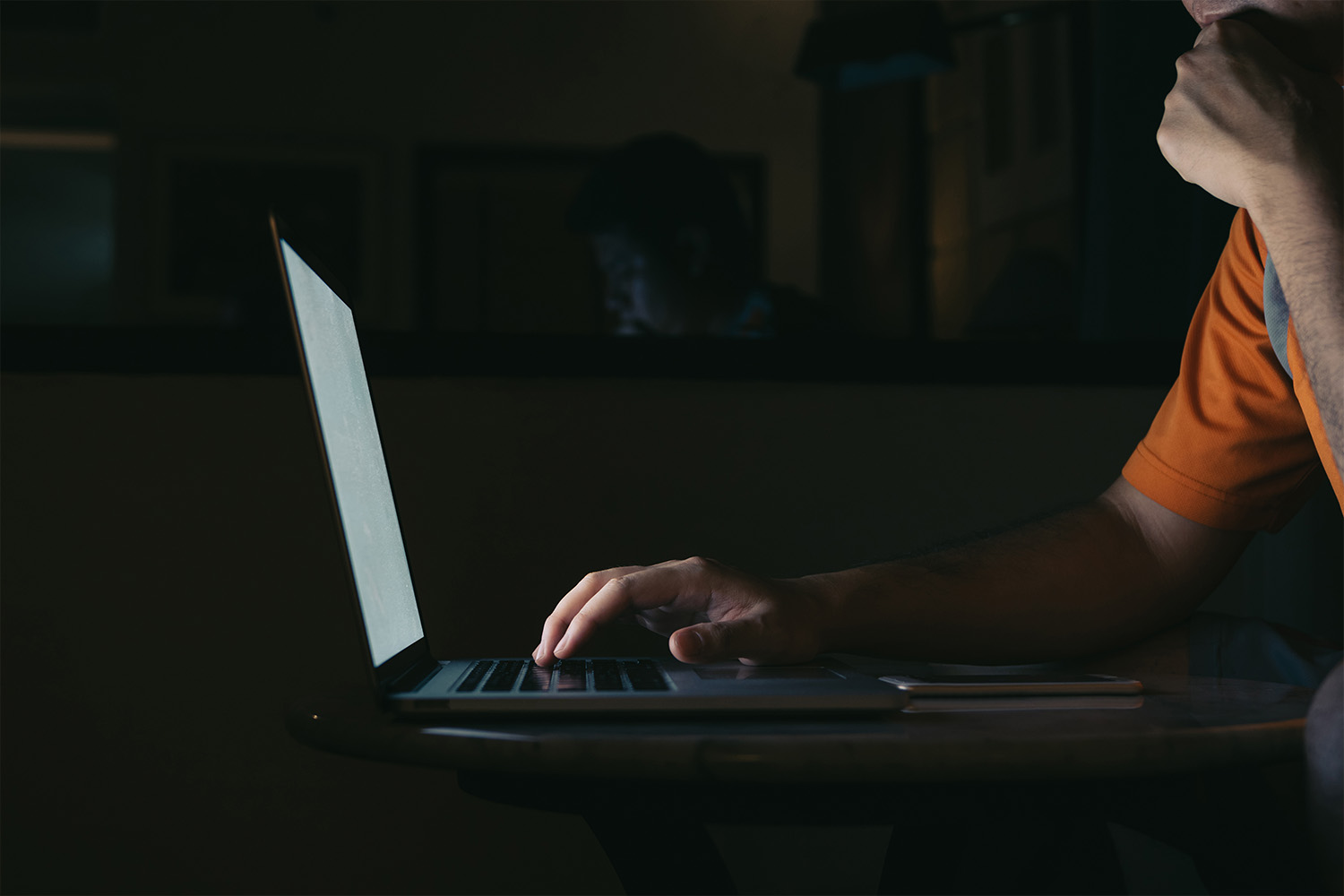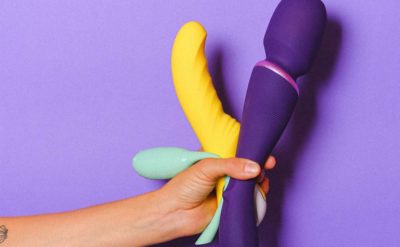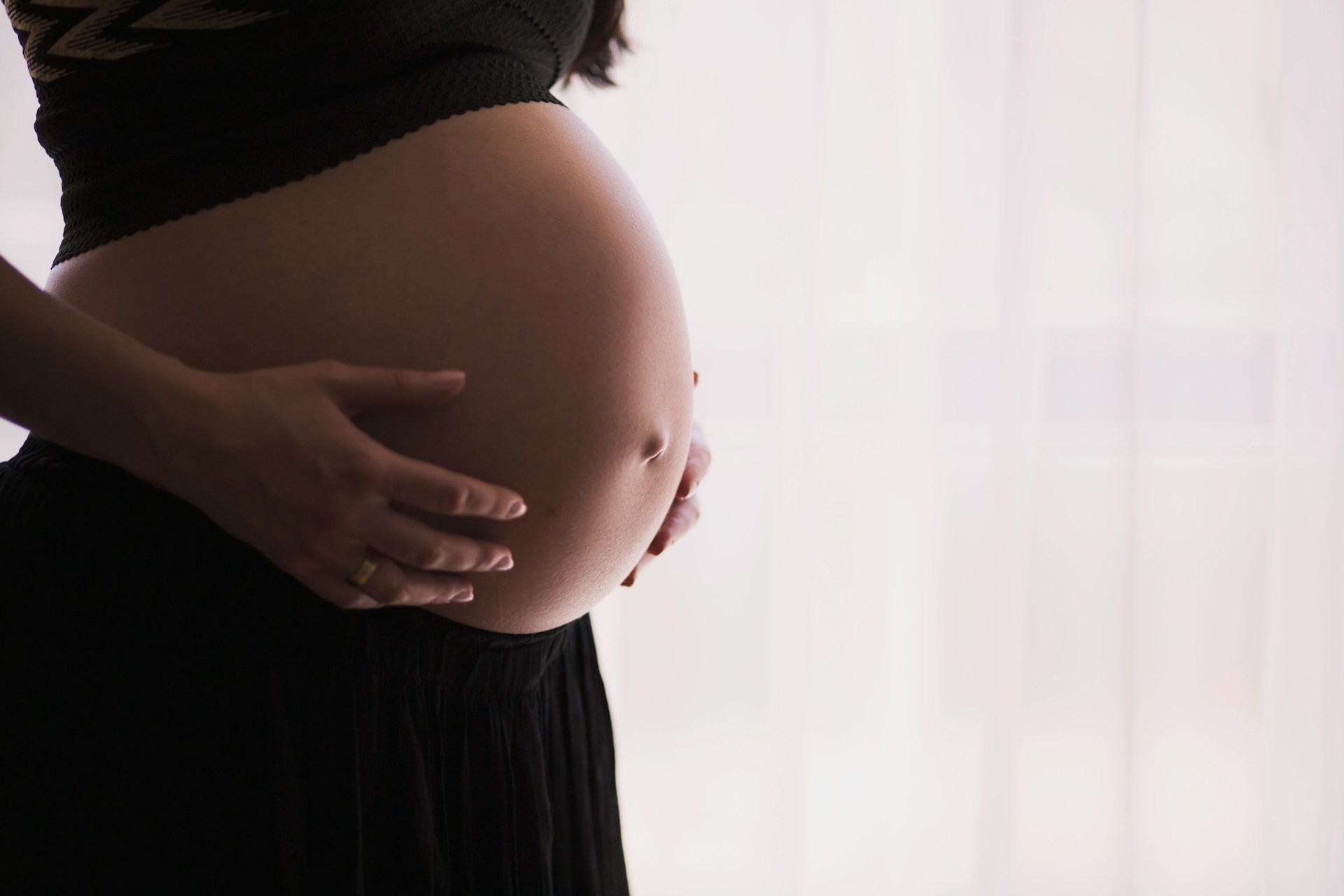The history of the LGBTQ community in the Philippines is as rich and dynamic as the nation itself. Long before colonization, Filipino society embraced gender diversity, with individuals of varying identities holding respected roles in their communities.
This acceptance faced a stark shift during Spanish colonization, as conservative religious beliefs introduced rigid gender norms that marginalized LGBTQ individuals.
The history of the LGBTQ community in the Philippines reflects a journey of resilience amidst societal rejection and systemic discrimination.
Despite these challenges, the community has stood strong, transforming through grassroots activism and public celebrations like Pride marches. Today, the LGBTQ movement in the Philippines is a vibrant and influential presence, reclaiming visibility and pushing for equal rights in a society still navigating its colonial legacies.
This timeline offers a glimpse into LGBTQ Philippine history —from the inclusive practices of pre-colonial times to the challenges and triumphs of today.
Pre-Colonial Acceptance of Gender Diversity
Before colonization, indigenous Philippines societies embraced gender diversity as a natural and integral part of community life. Early Filipinos lived in barangays—small, self-sufficient communities—where roles and relationships were fluid, guided by necessity and mutual respect rather than rigid gender norms.
LGBTQs in Philippine history who identified outside the male-female binary were not merely accepted but often revered.
A prominent example is the Babaylan, spiritual leaders who served as healers, mediators, and keepers of sacred knowledge. Many Babaylan were non-binary or trans women, holding roles of immense influence and respect.
Their gender fluidity was viewed as a unique connection between the physical and spiritual worlds, enhancing their ability to communicate with deities and ancestors. Beyond their spiritual duties, Babaylan also played significant roles in community decision-making, demonstrating the high regard for gender-diverse individuals in pre-colonial Philippine society.
Spanish Colonization and the Suppression of Gender Diversity
The arrival of Spanish colonizers in the 16th century marked a turning point for the acceptance of gender diversity in the Philippines.
Under Spanish rule, Catholicism became the cornerstone of governance and society, bringing with it rigid gender roles and moral codes. Anything outside the male-female binary was labeled sinful and unnatural.
Indigenous practices that once celebrated gender diversity were systematically dismantled, replaced by doctrines that promoted conformity and suppressed individuality.
One of the most significant casualties of colonization was the role of the Babaylan. Many Babaylan—especially those who were non-binary or trans women—faced persecution, their practices deemed heretical.
The Spanish colonial period left a lasting legacy of conservative views on gender and sexuality that still influence Filipino society today. The stigma introduced during this era created a cultural shift that pushed LGBTQ individuals to the margins.
These deeply ingrained beliefs continue to pose challenges for the LGBTQ movement, highlighting the importance of revisiting and reclaiming the pre-colonial history of acceptance and inclusivity.
Post-Colonial Period and Emergence of LGBTQ Awareness (1900s-1970s)
Following the Philippines’ independence, the post-colonial period ushered in gradual changes in social dynamics, including the subtle emergence of LGBTQ awareness.
As the Philippines entered the 20th century, Western culture began to influence Filipino society, introducing ideas of individual freedom and identity that challenged long-standing conservative norms.
Art and literature became early platforms for LGBTQ representation. Filipino writers, playwrights, and filmmakers subtly explored themes of gender and sexuality, weaving them into their narratives.
While these depictions were often understated, they acknowledged the presence of LGBTQ individuals in society. Popular media occasionally featured queer characters, providing visibility but frequently reinforcing stereotypes, reflecting the limited societal understanding of LGBTQ identities during this period.
Despite these shifts, LGBTQ individuals remained largely stigmatized. Public discussions of sexuality were taboo, and those who lived openly faced discrimination.
This era, though subtle in its representation, planted the seeds for greater awareness. The emerging visibility of LGBTQ people began to challenge rigid societal expectations, laying the groundwork for the activism and advocacy that would follow.
The Rise of the Modern LGBTQ Movement (1980s-2000s)
The 1980s marked the beginning of a new chapter for LGBTQ advocacy in the Philippines, as the community began organizing to push back against discrimination and fight for their rights. Amid the political unrest of the Marcos regime and the resurgence of democracy, LGBTQ individuals found their voices within broader movements for social change.
Groups like ProGay Philippines, established in the 1990s, and the Lesbian and Gay Legislative Advocacy Network (LAGABLAB) played pioneering roles in advocating for equality and anti-discrimination policies.
A defining moment came in 1994 with the first Pride March in Manila, organized by ProGay Philippines and the Metropolitan Community Church. This event, the first of its kind in Asia, marked a significant milestone for LGBTQ visibility in the region.
Hundreds marched through the streets, demanding acceptance and celebrating their identities, sending a powerful message of resilience and solidarity. This historic event set the stage for annual Pride celebrations in the Philippines, now iconic symbols of the ongoing fight for equality and inclusion.
Recent Milestones and the Ongoing Fight for Equality (2010s-Present)
Over the past decade, LGBTQ advocacy in the Philippines has gained momentum, marked by increased visibility and significant efforts to advance equality.
Central to this progress is the SOGIE Equality Bill, designed to prohibit discrimination based on sexual orientation, gender identity, and expression. Although the bill has faced repeated delays in Congress, it has become a rallying point for LGBTQ advocates, sparking nationwide conversations about equality and human rights.
Representation of LGBTQ individuals has also grown, particularly in media, politics, and business. Filipino television and film now feature more nuanced portrayals of LGBTQ characters, reflecting broader societal acceptance.
Meanwhile, public figures, including LGBTQ politicians and entrepreneurs, are influential role models, inspiring visibility and empowerment within the community. Social media has further amplified LGBTQ voices, enabling grassroots activism and fostering solidarity.
However, significant challenges remain. Conservative groups and religious institutions continue to resist LGBTQ rights, opposing policies like same-sex marriage, reproductive health education, and anti-discrimination protections.
Societal stigma persists, especially in rural areas, where traditional beliefs often dominate. The lack of comprehensive legal protections leaves many LGBTQ Filipinos vulnerable to discrimination and violence.
So G for Equality!
The history of the LGBTQ community in the Philippines is a testament to resilience and determination.
From the acceptance of gender diversity in pre-colonial societies, through the suppression brought by colonization, to the resurgence of advocacy in modern times, this journey reflects the strength of a community striving for equality.
Today, with growing visibility and ongoing efforts for legal protections, the fight for LGBTQ rights continues to be both challenging and hopeful.
At Pink Bunny, we celebrate pride, individuality, and empowerment. Explore our collection of sex toys and accessories that promote self-expression, sexual wellness, and confidence. From anal toys to lubricants, we encourage everyone to embrace love in all its forms.
Contact us to learn more. Together, we can create a future filled with acceptance and pride!




